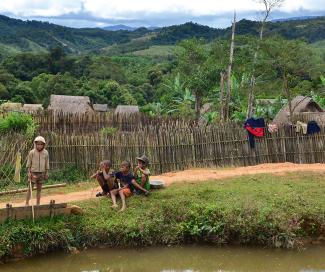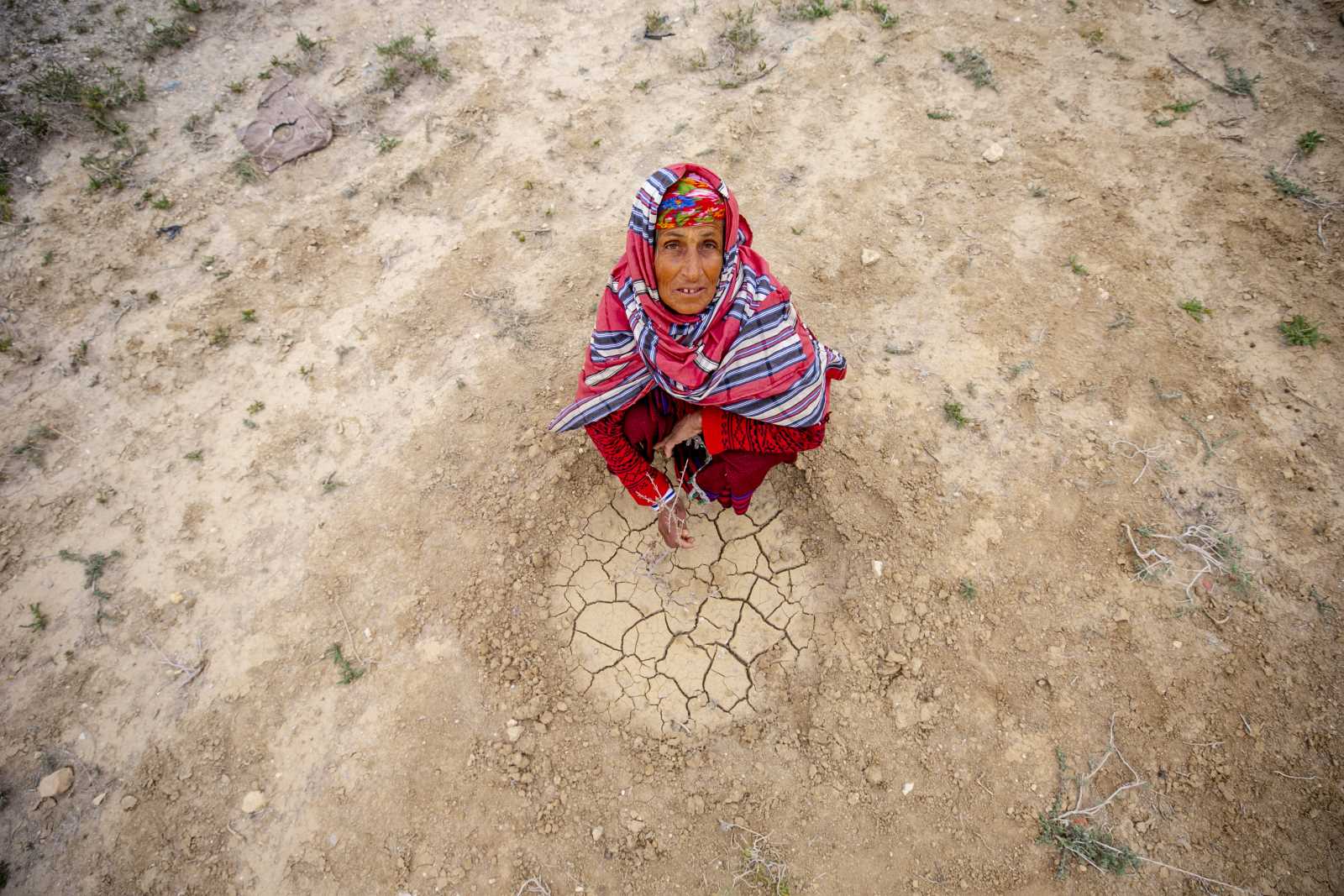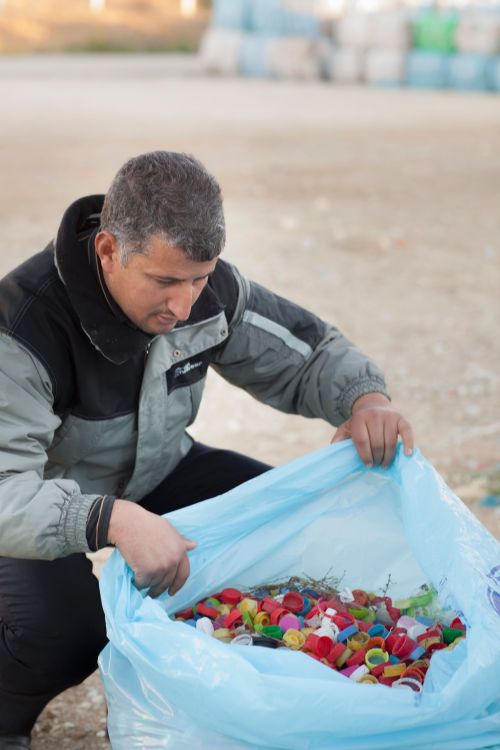Laos/Vietnam
Forests are the world’s green lungs

It is a huge area with lots of trees, shrubs and evergreen jungle. The Xe Sap National Park in Laos borders directly on central Vietnam. The vast forest areas are enormous carbon stores and habitats for many rare and endangered species. They fulfil an important function as greenhouse gas sinks and naturally guarantee climate change mitigation. But the diversity of nature and biodiversity is under threat – by slash-and-burn farming, illegal timber trade, prohibited hunting of rare animals and poaching.
On behalf of the German Federal Government’s climate change initiative, KfW Development Bank is supporting a programme to preserve the Laotian national park, three other conservation areas in Vietnam and two forest corridors in order to preserve biodiversity and make a major contribution to combating climate change.
Protected area management has various aspects here. “Local residents receive support so that they can sustainably manage their village forests. We also train rangers to carry out periodic inspections,” said Adrian Klocke, Portfolio Manager. The young men live in camps, sleep on thin mattresses in sleeping bags on the ground and spot illegal poachers’ camps during their patrols and discover animal traps. In the past year, the rangers destroyed an average of more than 35 animal traps per day during their inspection rounds on the Vietnamese and Laotian sides. Rangers also install camera traps that are triggered when animals pass close by. This allows conclusions to be drawn about the biodiversity in the park.
But climate and nature conservation can only succeed when the people are involved. Alternatives are therefore being developed for residents to generate income – so that they no longer enter the protected areas as they have in the past to collect fruit, harvest wood illegally or to poach. KfW supports voluntary initiatives and youth groups that promote conservation in the villages with music, theatre and dance performances.
The region has the typical Asian villages. Huts are built on stilts, children in shorts and T-shirts walk barefoot across the naked earth. Some women carry babies in their arms, laundry hangs in windows to dry. The villagers tell us that, in the past, they didn’t even know where the protected area started – but they now pay attention to the border and earn a healthy income by growing bananas or rice, and breeding chickens or fish that they sell at the market.
At the same time, the fight against poaching due to the coronavirus pandemic has become increasingly important. Previously, wildlife in Vietnam and Laos was frequently chased, consumed and traded indiscriminately throughout those countries. As a result, there was a great risk that dangerous pathogens carried by the animals could be spread to markets or restaurants. The project’s activities have helped many wildlife traders to cease their operations. Violations of wildlife trafficking laws in restaurants, shops for traditional medicine and markets have sharply declined.
Michael Ruffert












